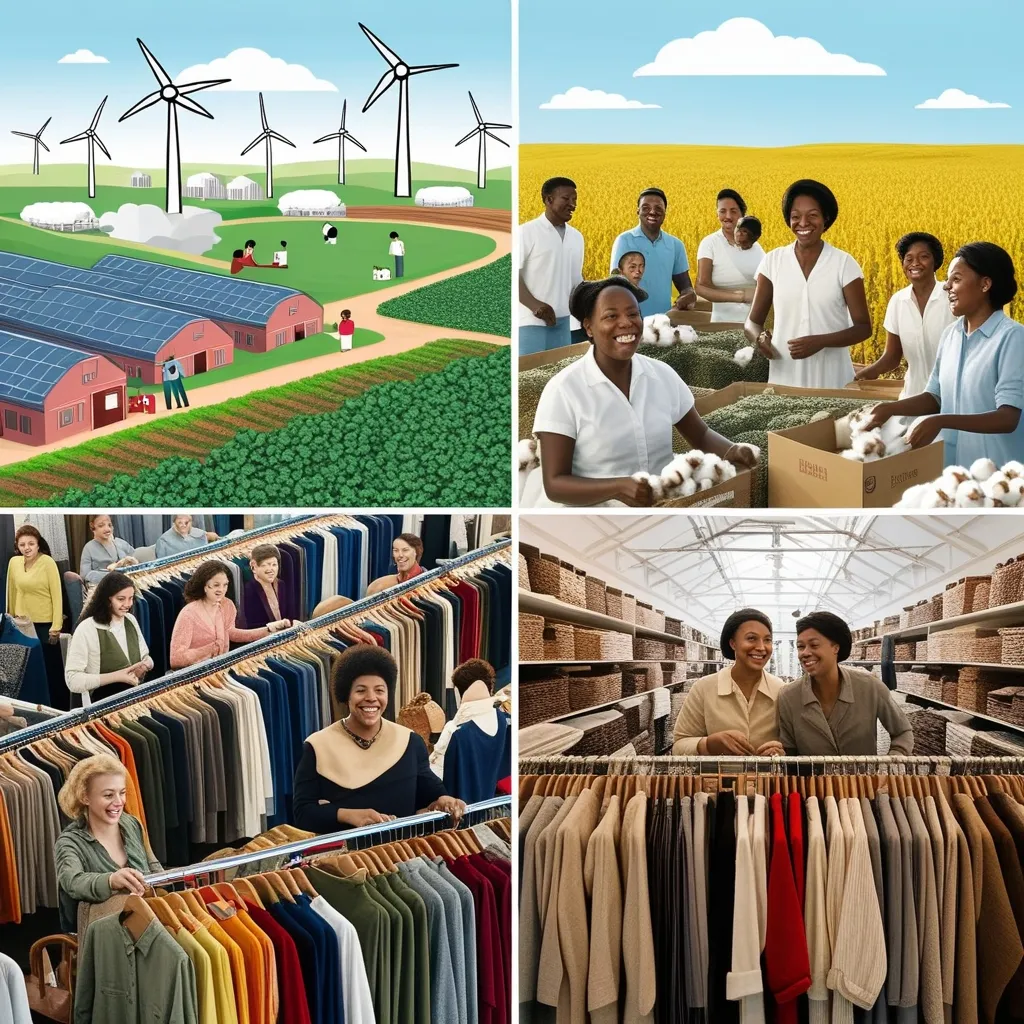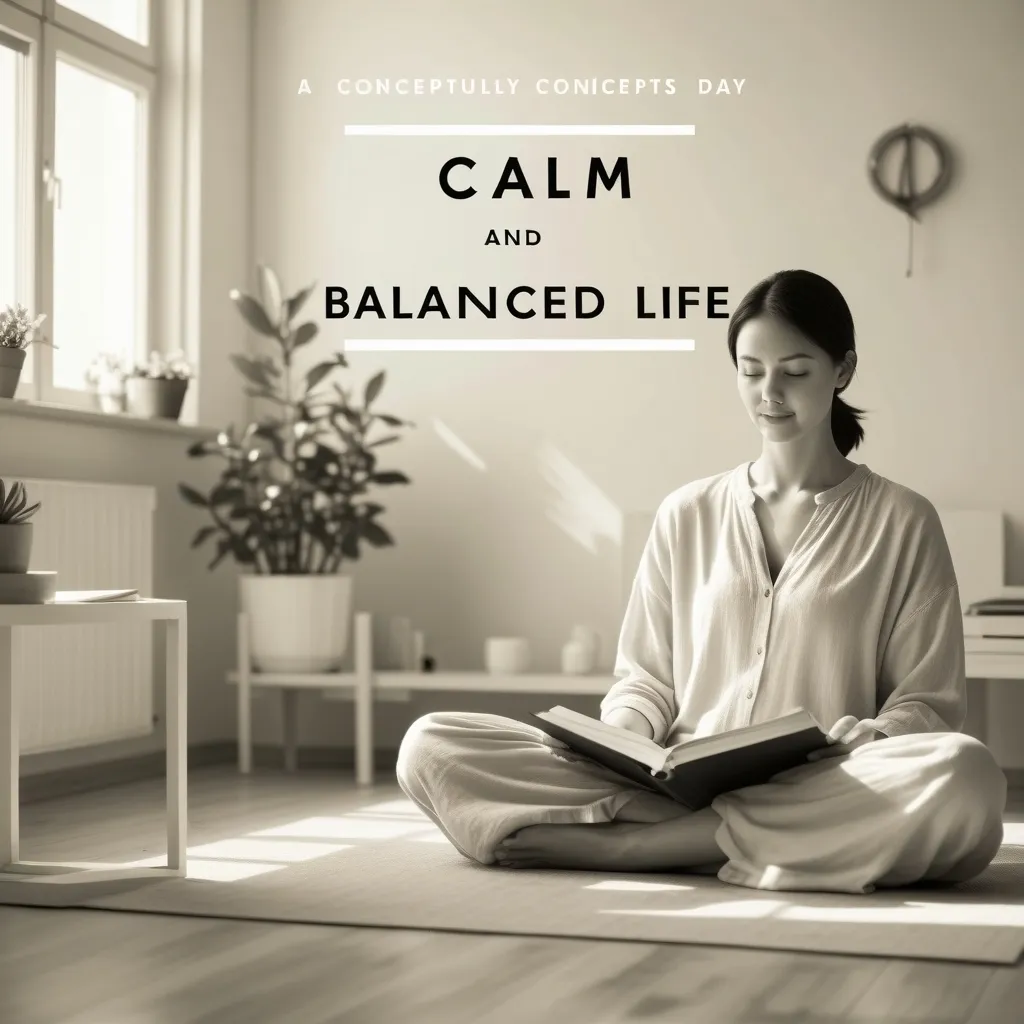Sustainable fashion isn’t just a trend—it’s a whole new way of thinking about the clothes we wear. The fashion world is in the middle of a big shift as more and more people start paying attention to how their clothing choices affect the environment and society. This movement is a response to growing concerns about the impacts of fast fashion, with sustainable fashion focusing on long-lasting, ethically made clothing.
Sustainable fashion is all about reducing our footprint and making sure everyone involved in making our clothes is treated fairly. It’s about looking at the entire lifecycle of a garment, from where the materials come from to how the clothes are made, and even what happens to them once we’re done wearing them. The materials used play a huge role—things like organic cotton, hemp, and recycled fibers are much better for the planet than conventional fabrics. Organic cotton, for example, is grown without harmful chemicals, making it better for both the earth and those who wear it.
Ethical production is another big part of sustainable fashion. It means that the workers who make our clothes are paid fairly and work in good conditions. Brands that focus on ethics usually have clear, open supply chains so we can see exactly where our clothes come from and how they’re made. This transparency pushes brands to be more accountable. Companies like Patagonia lead the way, showing that it’s possible to sell great clothes while also doing good for the planet and people. They encourage us to buy less and choose better—quality over quantity.
Fast fashion has been a major problem for the environment because it’s all about making and throwing away clothes quickly. Sustainable fashion flips this model on its head by aiming to reduce waste. Brands focusing on sustainability create clothes that are durable and designed to last, so we don’t have to keep replacing them. They also push for recycling and upcycling, which means finding new uses for old clothes instead of just tossing them out. By choosing to buy sustainable clothing, we help cut down on the huge amounts of textile waste. Did you know the average person in the US throws away about 82 pounds of textiles each year? Crazy, right? Sustainable fashion helps us make more thoughtful choices, like buying secondhand or renting clothes, which can greatly reduce that number.
Energy efficiency is another key part of sustainable fashion. Brands committed to sustainability use renewable energy and make their production processes more efficient. This not only lowers the fashion industry’s carbon footprint but also helps preserve natural resources. Many sustainable brands use solar or wind power in their factories and set up systems to collect rainwater to cut down on water use. These practices are all about making the fashion industry as green as possible.
Building a sustainable wardrobe isn’t as hard as it might seem. Start by looking at what you already have and keep the pieces that are timeless and can be worn in many different ways. Invest in high-quality pieces that last and can be mixed and matched to create lots of outfits. This helps reduce the need to constantly buy new clothes and supports more intentional, mindful consumption. A capsule wardrobe can be a game-changer—it’s a small collection of essential items that can be combined easily. It’s all about quality over quantity and making sure each piece aligns with sustainable and ethical values.
There are tons of practical ways to make sustainable fashion a part of your life. One great strategy is to shop secondhand or vintage. Thrift stores and consignment shops are treasure troves of great finds and help decrease the demand for new clothing production. When you do buy new, look for certifications like Fair Trade or GOTS (Global Organic Textile Standard) to ensure the clothes were made ethically and sustainably. Supporting small businesses and independent designers who prioritize sustainability is another good move—they often put a lot of care and craftsmanship into their clothes.
Taking care of your clothes can also make a big difference. Proper storage and maintenance help extend the life of your garments. Use sustainable storage solutions that protect your clothes from damage. For example, natural fiber storage bags are better than synthetic ones. Regularly go through your wardrobe and declutter—keep only the items that make you happy and that you’ll actually wear. A streamlined, clutter-free wardrobe is a key part of living sustainably.
The demand for sustainable fashion is growing as more people become aware of its benefits. This awareness is spurring innovation in the fashion industry, with more brands adopting sustainable practices and offering eco-friendly options. By choosing sustainable clothing, we aren’t just making a fashion statement—we’re investing in a better future for our planet. Sustainable fashion goes beyond just clothes; it’s about creating a more just, equal, and green world.
So, sustainable fashion is more than just a movement—it’s a way of thinking that encourages us to look beyond the latest trends and consider the broader impact of our clothing choices. By investing in durable and ethical clothing, we contribute to reducing waste, conserving resources, and supporting fair labor practices. As we build our sustainable wardrobes, we remember that each choice we make counts. Every piece of clothing bought sustainably is a step towards a positive change in the fashion industry and beyond.






